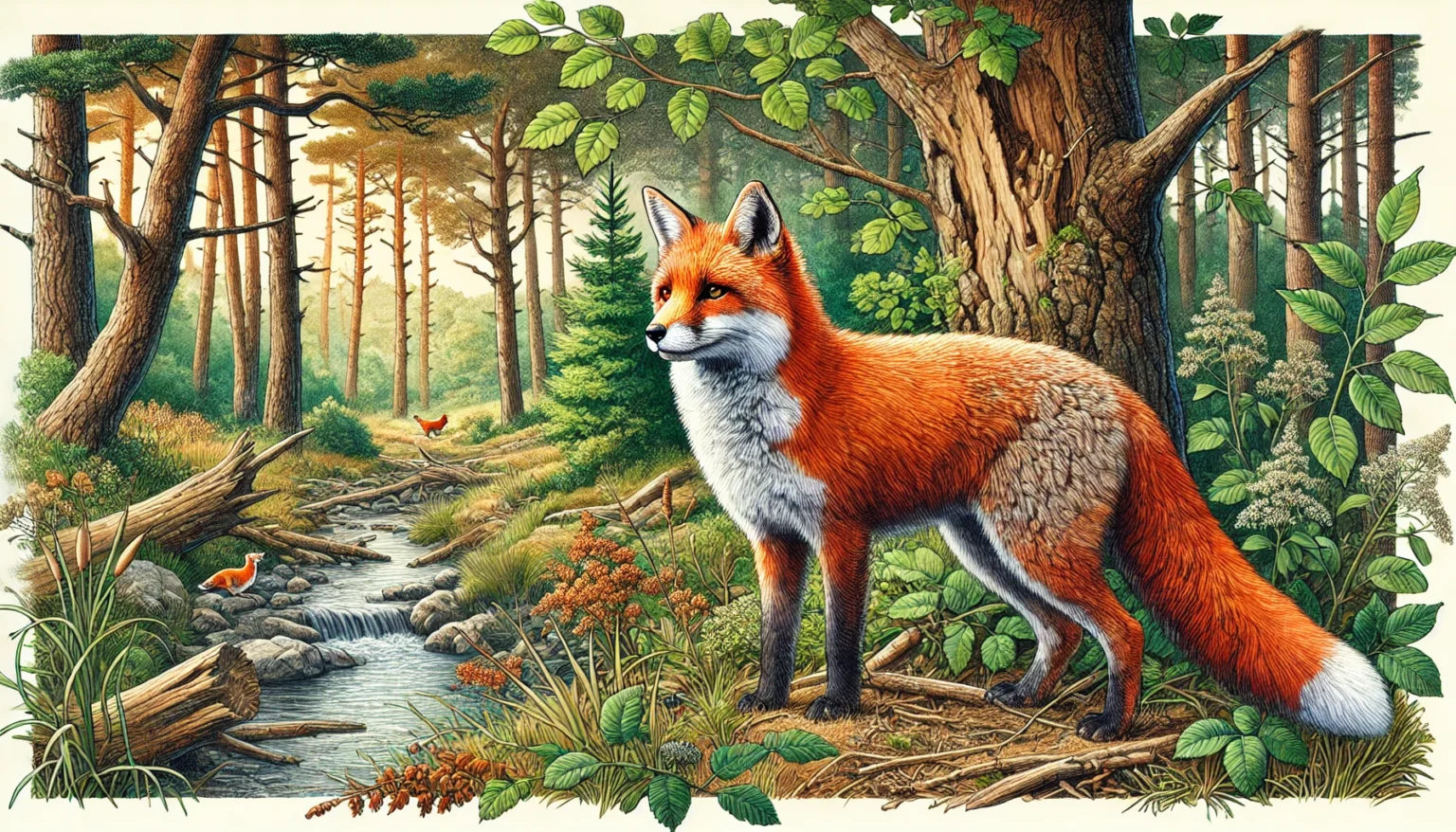drawing:1enzi6g2cvg= fox is not just an artistic endeavor; it’s a journey into the world of wildlife and imagination. Foxes, with their sleek silhouette and vibrant fur, offer a charming subject for any artist. Whether you are a beginner or an experienced sketcher, understanding how to draw these captivating creatures can add a new layer of skill to your artistic repertoire.
Table of Contents
In this guide, we’ll explore the process from the initial sketch to the final touches, ensuring you grasp every essential step to bring your drawing:1enzi6g2cvg= fox to life. We’ll start with the basics of selecting the right materials and advance through each stage, making sure you capture the true essence and dynamism of the fox.
Materials Needed
To embark on your drawing:1enzi6g2cvg= fox adventure, the right tools are essential. You’ll need basic supplies like graphite pencils, erasers, and paper. For more dynamic drawings, consider using fine-tip pens or markers, and if you’re inclined towards a colorful rendition, colored pencils or markers will be necessary. Each material plays a specific role:
- Graphite Pencils: Ideal for sketching out the basic shapes and adding details.
- Erasers: Necessary for correcting mistakes and refining the sketch.
- Colored Pencils/Markers: Use these to bring your drawing:1enzi6g2cvg= fox to life with color.
Choosing the right paper is crucial as well; a medium-texture sketch paper works best as it holds the graphite well and allows for smoother shading. If you’re using ink or markers, heavier paper like bristol board is advisable to prevent bleeding.
Sketching the Basic Structure
The foundation of a great drawing:1enzi6g2cvg= foxg begins with mastering the basic shapes. Start by lightly sketching an oval for the head and a larger, elongated oval for the body, connecting these with a smooth curve for the neck. This initial framework is crucial as it sets the proportions and posture of your fox.
Adding guidelines for the face—like a vertical line down the center of the head oval—will help place the facial features symmetrically. A horizontal line across the head can mark the eye placement. These early steps are fundamental in achieving an accurate depiction of the fox’s elegant stance.
Adding Details and Textures
Once the basic shapes are in place, it’s time to focus on the details. Draw the pointed ears with triangular shapes atop the head. Sketch the snout and the lush, bushy tail that characterizes the fox. Texturing is next; using short, jagged lines, mimic the fur’s natural fluffiness around the face, body, and tail.
Techniques like hatching and cross-hatching can add depth and dimension to the fur, enhancing the drawing:1enzi6g2cvg= fox realism. Pay particular attention to the fur direction and length, as these vary across different parts of the fox’s body, adding to the lifelike quality of your sketch.
Mastering the Art of Shading and Coloring
Shading is a skill that can elevate your drawing:1enzi6g2cvg= fox giving it a three-dimensional appearance. Consider the light source as you shade; areas that protrude, like the cheeks and ears, will catch more light and thus will be lighter. Shadows will form in the recesses, such as under the belly and behind the legs, providing depth.
When adding color, foxes are typically reddish-brown, with white underbellies and black markings around the legs and ears. Layer these colors thoughtfully, starting with lighter shades and building up to the darker tones for a vibrant, lifelike finish.
Capturing Expression and Personality
The expression of your fox can bring your drawing:1enzi6g2cvg= fox to life. The eyes and mouth are critical: small adjustments here can change the fox’s mood from curious to cunning. Experiment with slightly curved lines for the eyebrows or a tilted head pose to inject personality into your drawing:1enzi6g2cvg= fox.
Reflect on how real foxes behave in the wild—their alert posture, sharp gaze, or playful antics—and try to capture these elements in your sketch. This not only improves the aesthetic appeal but also connects your art with the viewers on an emotional level.
Final Touches and Presentation
Final touches are about refining the details that make your drawing:1enzi6g2cvg= fox stand out. Use a fine-tip pen to go over the pencil lines for a polished look. Consider adding highlights in the eyes or a slight shimmer along the fur’s edge to suggest health and vitality.
Choosing the right frame and placement for your artwork can enhance its beauty. A simple, elegant frame that complements the drawing:1enzi6g2cvg= fox can make a significant difference in how it is perceived. If gifting or selling your artwork, ensure that it is mounted professionally to preserve its quality.
Common Challenges and How to Overcome Them
drawing:1enzi6g2cvg= fox can present various challenges, particularly in getting the proportions and fur texture right. If the proportions seem off, revisit your initial sketches and adjust the basic shapes. For fur texture, practice different pencil strokes and pressure levels on scrap paper before applying them to your final piece.
Conclusion
Drawing a fox is more than just a technical skill; it’s a way to connect with nature and express your creativity. Each step in this guide builds upon the last, culminating in a piece of art that not only looks impressive but also feels alive. Keep practicing, stay patient, and remember, every artist was once a beginner.
Read More:kuromi:fox5ydxdt58= hello kitty

